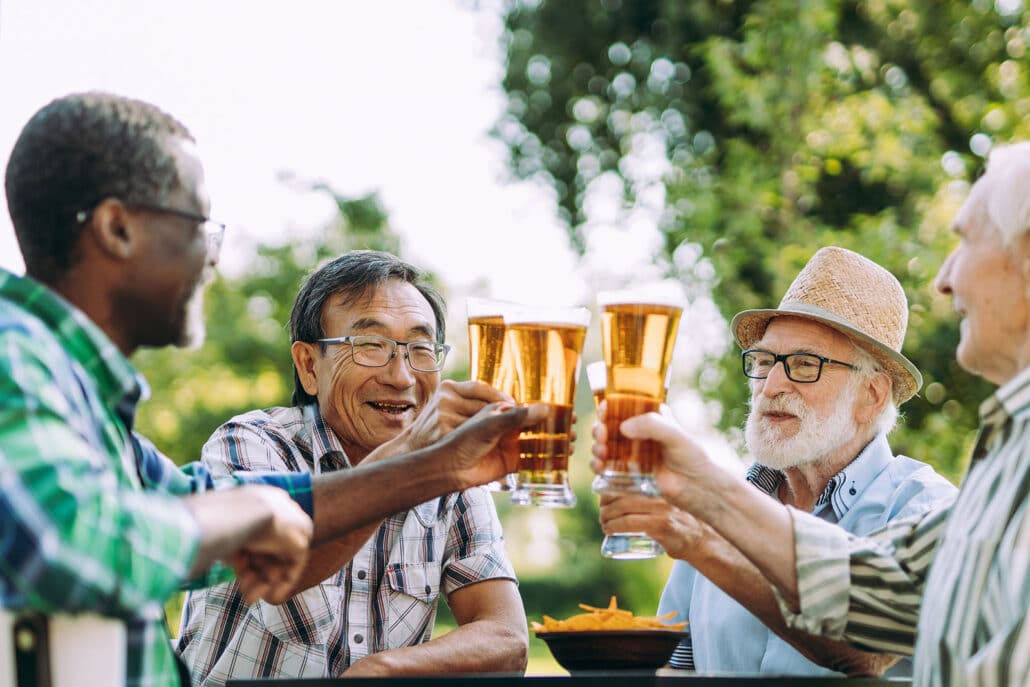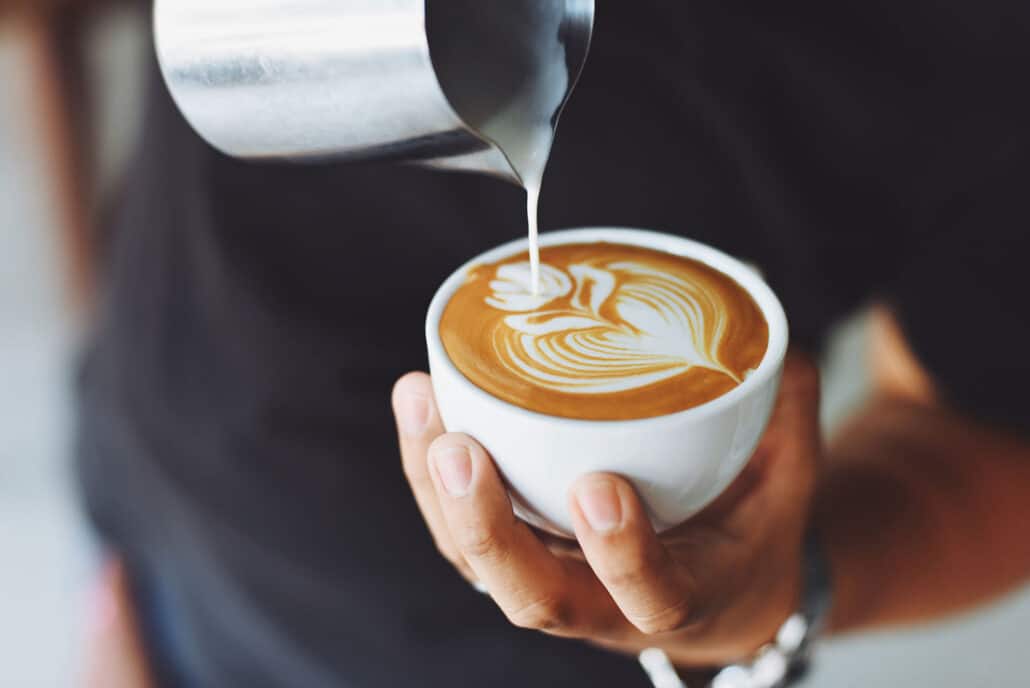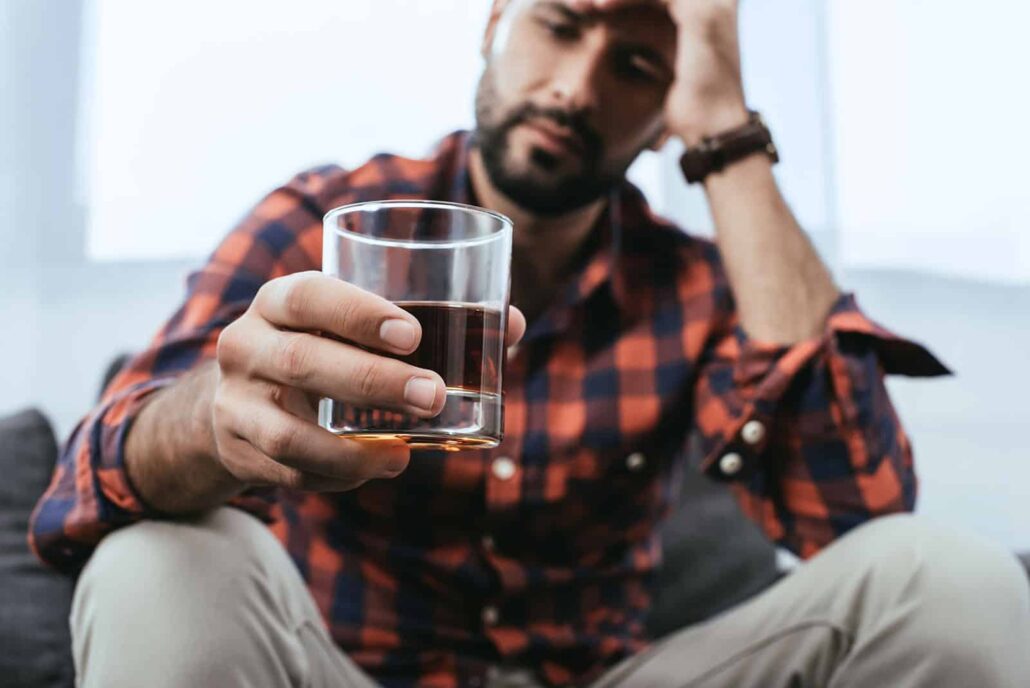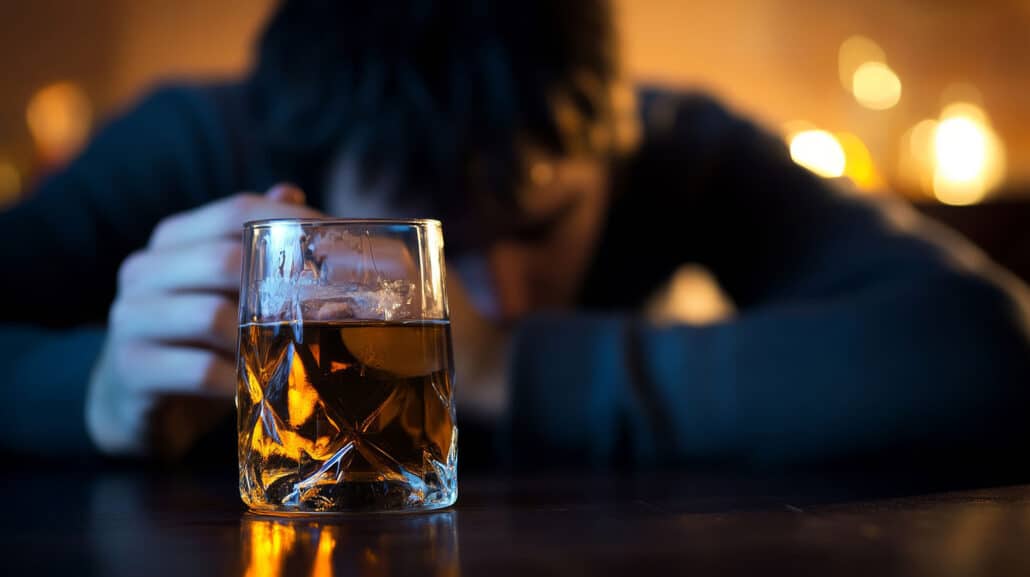
Meloxicam, which also goes by the brand names Vivlodex and Mobic, is a relatively safe drug, but there are some side effects and risks that you should be aware of while taking it. Especially when the drug is taken with alcoholic drinks, which is a dangerous combination.
Table of Contents
- 1 What Is Meloxicam?
- 2 To Whom Do Doctors Usually Prescribe Meloxicam?
- 3 Side Effects and Interactions
- 4 What To Do if You’re Struggling To Quit Drinking
- 5 What Is Alcoholism?
- 6 Signs of Alcoholism
- 7 What Is Considered Heavy Drinking?
- 8 Other Risks Associated With Heavy Drinking
- 9 Steps To Take If You Think You Have a Problem
- 10 Long Island Interventions
What Is Meloxicam?
Meloxicam is an over-the-counter nonsteroidal anti-inflammatory drug (NSAID) that doctors prescribe for osteoarthritis and rheumatoid arthritis. Meloxicam alleviates pain and reduces stiffness and swelling in the joints. A meloxicam painkiller can come in either pill or liquid form, and people generally take it once per day.
To Whom Do Doctors Usually Prescribe Meloxicam?
Doctors prescribe meloxicam to treat patients with osteoarthritis, rheumatoid arthritis and, less commonly, ankylosing spondylitis, a type of arthritis that mainly affects the spine. As such, a lot of people who take meloxicam are older, but doctors may also prescribe it to children with juvenile idiopathic arthritis (JIA).
Doctors generally prescribe meloxicam for a period of about 10 days, and it can take up to six months for the drug to kick in fully.
Side Effects and Interactions
Like many prescription drugs, meloxicam has some potential side effects, which can range from mild to severe, and can have negative interactions with certain substances.

Mild Side Effects
The mild side effects of meloxicam are generally not serious and will usually clear up on their own, but you should consult your doctor if they are severe or last a long time. The common side effects of meloxicam are:
- Diarrhea or constipation
- Nausea and vomiting
- Abdominal or stomach pain
- Heartburn or indigestion
- Dizziness
- Headache
- Itching or rashes
Severe Side Effects
Though uncommon, there are some serious side effects you need to watch out for. You should immediately quit taking meloxicam and notify your doctor if you experience:
- Hives
- Blisters
- Shortness of breath or chest pain
- Swelling of your face, eyes, tongue, lips or throat
- Extreme fatigue
- Any signs of stomach or GI bleeding (gastrointestinal), such as black tarry stools and
- Bleeding from your mouth
- Fever
- Sore throat
- Yellowing of your skin or eyes (jaundice) which may indicate liver damage
- Difficulty urinating, painful urination or discolored urine
- Back pain
- Vomiting blood or material that resembles coffee grounds
This is not an exhaustive list, and you should talk to your doctor for a complete list of possible side effects. The bottom line is, if you feel any untoward symptoms after taking meloxicam, stop taking the drug and talk to your doctor right away. Some of these symptoms are life-threatening and should be taken seriously.

Interactions
There are a few things that will negatively interact with meloxicam. When your doctor prescribes meloxicam to you, they are most likely to give you a medical advice and what you need to avoid, in order to prevent any untoward reactions. People with chronic kidney disease should avoid meloxicam as well. Here are other contraindications to meloxicam.
Coffee
Coffee contains tannins, which are a type of plant compound that have the ability to easily bind with minerals and proteins. These tannins can bind to meloxicam and hinder your body’s ability to absorb it. This usually only occurs if you drink coffee within two hours of taking meloxicam, however, so if you really like coffee, you may not have to cut it out of your diet entirely.
Meloxicam and Alcohol
NSAIDs carry a risk of stomach bleeding, and consuming alcohol increases this risk, which may lead to stomach ulcers. This is why you should refrain from drinking entirely while taking meloxicam. Because people generally only take meloxicam for a short time, abstaining from alcohol shouldn’t be too difficult.
Furthermore, there is an increased risk of heart attack or heart failure when alcohol consumption continues while on meloxicam. It may be challenging for people who have alcohol addiction to stop drinking while on meloxicam, that’s why a doctor’s consultation is a must. The doctor may prescribe other NSAID medication like naproxen and celecoxib.

What To Do if You’re Struggling To Quit Drinking
If 10 days seems like a long time to give up alcohol, it’s possible that you’re suffering from alcoholism. In addition to having adverse interactions with many drugs, alcohol wreaks havoc on your body. If you think you might have a problem with alcohol, you need to get a good understanding of what alcoholism is, what the signs are and how you can treat it.
What Is Alcoholism?
Alcoholism is a chronic disease characterized by the physical and emotional addiction to drinking alcohol. Alcoholism is a medical condition that can be treated effectively, but it is a hard journey. That’s why there are treatment centers like Long Island Interventions to help you or a loved one overcome alcohol addiction.
Alcoholism is a very common disease. The Washington Post reported that one in every eight Americans is an alcoholic, and there are as many as 107 million alcoholics globally. Additionally, according to the World Health Organization (WHO), the harmful use of alcohol causes an estimated 3 million deaths every year.
Signs of Alcoholism
There are a lot of signs of alcoholism. Some of the signs are physical while others are behavioral.
Physical Signs of Alcoholism
- Spending a lot of time feeling sick or recovering from heavy drinking
- Experiencing withdrawal symptoms when you stop or reduce your drinking, such as irritability, restlessness, difficulty sleeping, nausea, sweating and tremors, especially in the hands
- Needing to drink larger quantities of alcohol to achieve the same effect
- Memory loss or blackouts from drinking too much
In the most severe cases of alcoholism, it can be dangerous or even fatal to abruptly quit drinking. Delirium tremens, the most severe type of alcohol withdrawal, usually manifests within two to five days after your last drink.
Symptoms of delirium tremens include confusion, fever, high blood pressure, shaking and hallucinations. Sedatives can sometimes prevent delirium tremens, so in these cases, detoxification should take place in a medical facility.
Behavioral Signs of Alcoholism
There are several behavioral indicators of alcoholism. If you find yourself hiding your drinking from others, drinking by yourself, getting angry or irritated when others observe or criticize your drinking or continuing to drink despite negative impacts on your health and relationships, it’s likely you’re suffering from alcoholism.

What Is Considered Heavy Drinking?
Everybody is different, and even people who drink every day may not be alcoholics. As a general rule, however, the National Institute on Alcohol Abuse and Alcoholism (NIAAA) defines heavy drinking as:
- Four or more drinks in a day or 14 or more drinks in a week for men
- Three or more drinks in a day or seven or more drinks in a week for women
Other Risks Associated With Heavy Drinking
Alcohol use is also associated with some serious health problems. People who drink excessively over long periods of time run the risk of developing chronic health problems, such as liver disease, high blood pressure, kidney problems, stroke, heart disease and certain types of cancer.
In addition to health risks, people who drink heavily are more likely to engage in risky behaviors while drinking, such as unsafe sex and driving under the influence, both of which can have severe consequences.
Steps To Take If You Think You Have a Problem
Every case presents its own unique challenges, but the road to recovery is pretty uniform.
1. Ask the Question
If you’re wondering whether your drinking is a problem, there’s a decent chance that it is. Fortunately, if you’re asking yourself the question, you’ve already started to address your problem. It may sound like a cliché, but admitting to yourself that you have a problem really is the first step toward getting better.
2. Ask for Help
Addiction to alcohol is intense, and most people who try to beat it by themselves are unsuccessful. Luckily, there are caring professionals who have dedicated their lives and careers to helping people who are in the throes of addiction.

3. Stick With It
Recovering from alcoholism is difficult, and most people slip up at least once. In fact, the NIAAA estimates that 90% of recovering alcoholics relapse in their first year of sobriety. If you slip up, try not to get discouraged; a single slip doesn’t have to turn into a full-blown failure, so just dust yourself off and keep at it.
Long Island Interventions
If you live in the Long Island area and are ready to start treating your addiction, Long Island Interventions can help. It will be difficult, but waiting will only make it harder. You deserve to live your best life, so call Long Island Interventions today.
FAQ
Can I have an occasional drink while on Meloxicam?
Can you drink alcohol if you take meloxicam?
What should you not mix meloxicam with?
Why can’t you drink coffee while taking meloxicam?
Published on: 2022-08-31
Updated on: 2025-05-05

